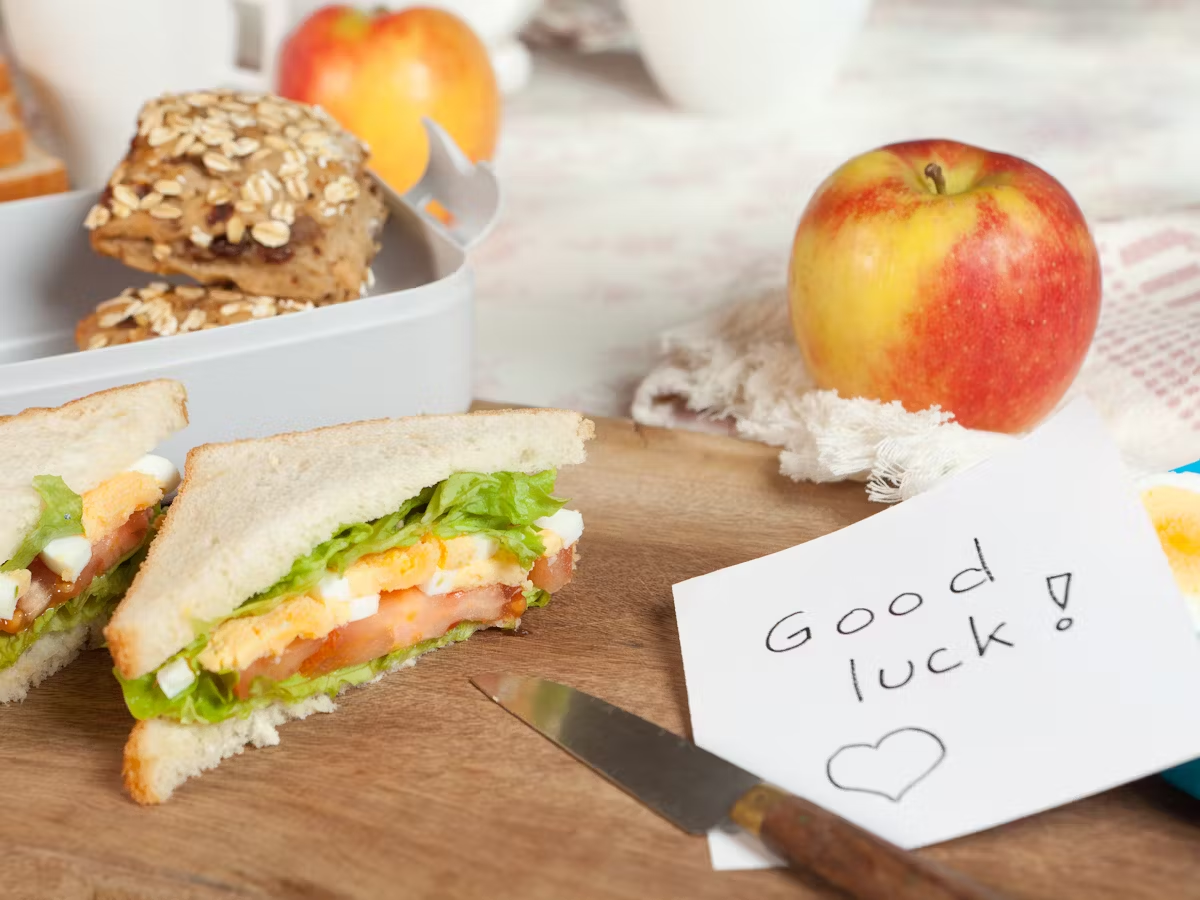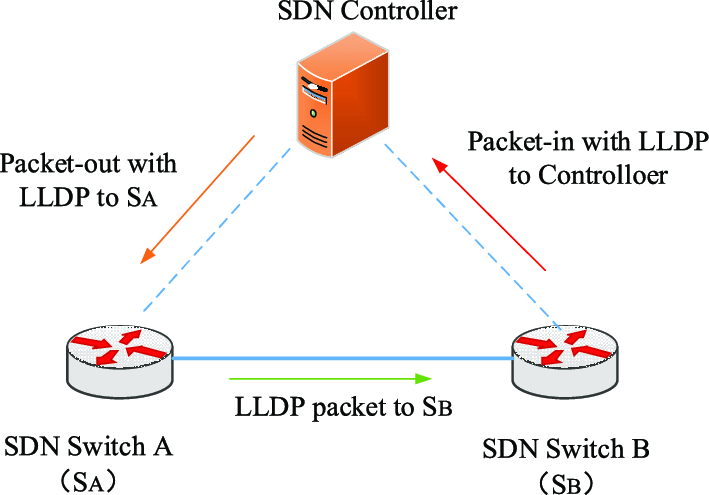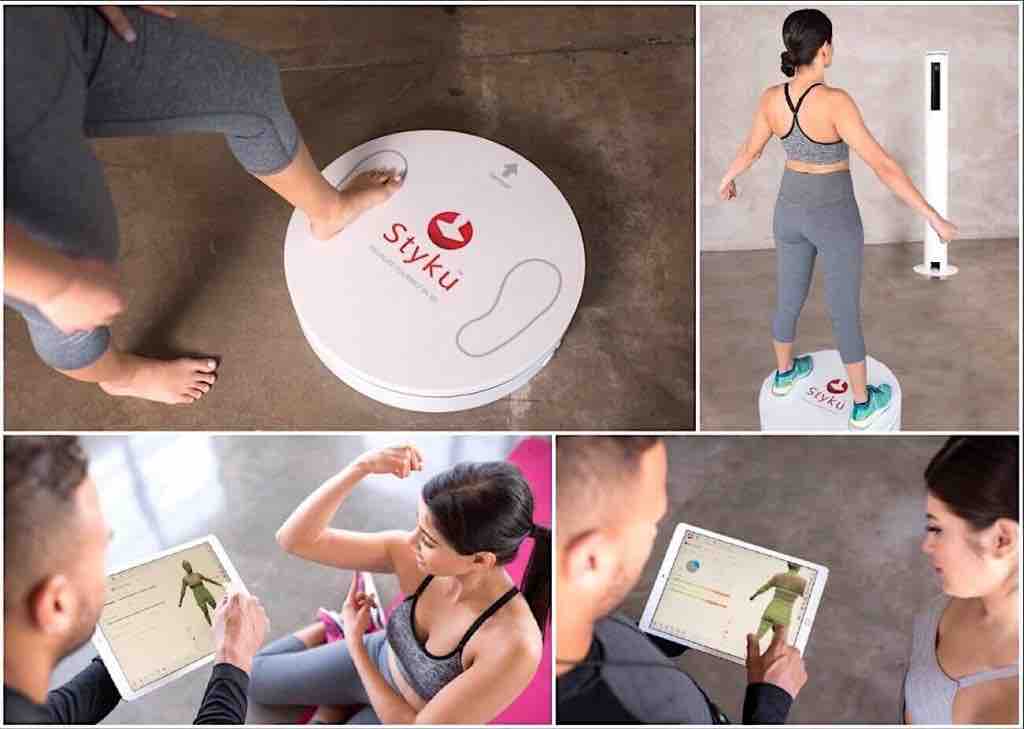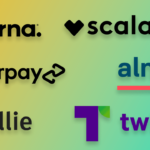Now Reading: A Little Note Goes a Long Way: The Power of Lunch Notes for Kids
-
01
A Little Note Goes a Long Way: The Power of Lunch Notes for Kids
A Little Note Goes a Long Way: The Power of Lunch Notes for Kids

Tucked between a sandwich and an apple, a small piece of paper can hold immense power. A simple, handwritten message can transform an ordinary school lunch into a moment of connection, encouragement, and love. These little messages, often called lunch notes for kids, are more than just words; they are a midday hug, a confidence boost, and a tangible reminder that someone is thinking of them. In a busy world, taking a few moments to write a note can strengthen your bond and bring a smile to your child’s face, making their day a little brighter.
This guide explores the wonderful world of lunch notes for kids. We will cover why they matter, what to write, and creative ways to make them special. Whether you’re a seasoned note-writer or just getting started, you’ll find plenty of ideas to inspire your next message.
Key Takeaways
- Emotional Connection: Lunch notes for kids are a powerful tool for staying connected with your child during the school day, offering emotional support and reassurance.
- Boosts Confidence: A simple encouraging message can boost your child’s self-esteem and help them navigate social and academic challenges.
- Encourages Literacy: Reading and writing notes can subtly improve a child’s literacy skills, making learning fun and personal.
- Simple and Impactful: Creating a meaningful note doesn’t require a lot of time or artistic talent. The effort and thought are what truly count.
- Versatility: Notes can be adapted for any age, from simple drawings for preschoolers to more complex jokes or inspirational quotes for older kids.
Why Bother with Lunch Notes for Kids?
In the daily rush of getting everyone out the door, adding another task might seem daunting. However, the benefits of sending lunch notes for kids far outweigh the few minutes it takes to write one. These notes serve as a vital emotional touchpoint during a long day apart. For a child navigating the social complexities of the lunchroom or feeling anxious about a test, finding a personal message from home can feel like a secret superpower. It’s a private moment of reassurance that says, “I see you, I love you, and I’m cheering for you.”
This small gesture reinforces your connection and shows your child they are a priority. It helps build a foundation of open communication and trust. When kids know their parents are thinking of them, they often feel more secure and confident. It’s a simple, effective way to nurture their emotional well-being from afar. Furthermore, these notes can become cherished keepsakes, tangible memories of love and support they can look back on for years to come.
The Psychological Boost of a Midday Message
A note in a lunchbox is a powerful psychological tool. It acts as a form of positive reinforcement and emotional regulation. When a child reads an encouraging message, their brain can release feel-good neurochemicals like dopamine and oxytocin, which can reduce stress and increase feelings of happiness and security. This is especially important during the school day, which can be filled with stressors like peer pressure, academic challenges, and social anxieties.
Think of lunch notes for kids as a midday reset button. A child who is having a tough morning can have their entire perspective shifted by a note that says, “You’ve got this!” or “I’m so proud of how hard you’re trying.” This small intervention can help them reframe their challenges and approach the rest of their day with a more positive mindset. It validates their feelings and reminds them they have a strong support system at home, which is a cornerstone of building resilience.
Fostering Literacy and a Love for Reading
Beyond the emotional benefits, lunch notes for kids can be a fun and subtle way to encourage literacy. For early readers, simple notes with sight words or easy-to-read sentences provide valuable practice. They get to see words used in a meaningful context, which can make the process of learning to read more engaging and less intimidating. You can turn it into a game, asking them to circle words they know or draw a picture of what the note says.
For older children, you can introduce new vocabulary words, share interesting facts, or write in clever rhymes. This consistent, low-pressure exposure to written language helps build their reading comprehension and vocabulary skills. It shows them that writing is not just for school assignments; it’s a tool for communication, connection, and fun. This positive association can foster a lifelong love for reading and writing.
What to Write in Lunch Notes for Kids?
The blank space on a sticky note can sometimes feel intimidating. What do you even say? The good news is, it doesn’t have to be a poetic masterpiece. The most effective lunch notes for kids are often the simplest. The goal is to make your child feel seen and loved. Start with what feels natural to you. A simple “I love you!” or “Have a great day!” is a wonderful starting point.
As you get into the habit, you can branch out. Think about what’s happening in your child’s life. Do they have a spelling test? A note like, “Good luck on your test! You’re going to do great!” can provide a perfectly timed confidence boost. Did they have a great soccer practice the day before? Acknowledge it: “You were so fast on the field yesterday! Amazing!” Personal, specific compliments show that you are paying attention and value their efforts.
The Power of Simple Encouragement
Never underestimate the impact of simple, heartfelt encouragement. Phrases like “I believe in you,” “You make me so proud,” or “Keep being your wonderful self” can resonate deeply with a child. These messages help build their inner voice, shaping it to be one of kindness and self-compassion. In a world where kids are often focused on performance and achievement, a note that celebrates them for who they are, not just what they do, is incredibly powerful.
These encouraging lunch notes for kids are particularly helpful on tough days. If you know your child is nervous about a presentation or is dealing with a friendship issue, a note of support can give them the strength to face the situation. It’s a tangible piece of your unwavering support that they can hold in their hand.
Specific Praise vs. General Praise
When writing encouraging notes, being specific can make your message even more impactful. While “You’re great!” is nice, “I was so impressed with how you shared your toys with your cousin yesterday” is better. Specific praise highlights the exact behavior you want to encourage and shows you are truly paying attention to their actions.
Jokes and Riddles: A Dose of Midday Fun
Who doesn’t love a good laugh? Including jokes or riddles in lunch notes for kids is a fantastic way to bring a moment of levity and fun to their day. A silly pun or a clever riddle can break up the monotony of the school day and give them something fun to share with their friends at the lunch table. This can be a great icebreaker and help foster social connections.
You don’t need to be a stand-up comedian. A quick search online for “kid-friendly jokes” will give you an endless supply of material. Tailor the humor to your child’s age and sense of humor. For younger kids, simple knock-knock jokes work well. For older kids, you can move on to more complex riddles or puns that make them think. Laughter is a great stress reliever, and a funny note is a perfect way to deliver it.
|
Joke/Riddle Type |
Example |
Best For Ages |
|---|---|---|
|
Simple Pun |
Why did the cookie go to the doctor? Because it felt crummy! |
5-8 |
|
Knock-Knock Joke |
Knock, knock. Who’s there? Alpaca. Alpaca who? Alpaca the lunch, you eat it! |
4-7 |
|
Classic Riddle |
What has to be broken before you can use it? An egg! |
6-10 |
|
Wordplay Riddle |
I have cities, but no houses. I have mountains, but no trees. I have water, but no fish. What am I? A map! |
8-12+ |
Using Quotes and Fun Facts
For older kids who might feel they’ve outgrown simple “I love you” notes, switching to interesting content like quotes or fun facts can keep the tradition alive. Find an inspirational quote from a favorite author, athlete, or historical figure. A message like, “‘The secret of getting ahead is getting started.’ – Mark Twain” can be both motivating and thought-provoking.
Fun facts are another excellent option for lunch notes for kids. Did you know that a group of flamingos is called a “flamboyance”? Or that octopuses have three hearts? These little tidbits of information are interesting, educational, and give your child something cool to talk about with their peers. It shows you respect their growing intellect and want to share things with them that expand their world.
Creative Ideas for Your Lunch Notes
Once you have the content down, you can have fun with the presentation. The way a note looks can make it even more special. You don’t need to be a professional artist; a little creativity goes a long way. Using colorful pens, adding a simple doodle, or folding the note in a fun shape can elevate your message.
Consider creating notes that are interactive. A “fill-in-the-blank” story or a small maze can provide a few minutes of entertainment. For a special occasion like a birthday or holiday, you can make the note more elaborate with stickers or a festive design. The key is to have fun with it. Your enthusiasm will be contagious, and your child will look forward to discovering what new creation awaits them each day.
Doodles and Drawings
A picture is worth a thousand words, especially for younger children who are still learning to read. A simple drawing of a smiling sun, a heart, or a favorite animal can convey your love just as effectively as a written message. You can also draw characters from their favorite books or shows.
Don’t worry if your drawings aren’t perfect. Your child will appreciate the effort and the personal touch. In fact, a slightly quirky drawing can be endearing and funny. Let your inner artist out to play—even a simple smiley face can make a big difference in your child’s day and is a perfect addition to any lunch notes for kids.
Using Stickers and Stationery
If drawing isn’t your strong suit, stickers are your best friend! Keep a stash of fun stickers on hand—animals, stars, smiley faces, or characters your child loves. A well-placed sticker can add a pop of color and personality to any note with minimal effort.
You can also invest in some fun stationery. Small, colorful note cards, fun-shaped sticky notes, or even pre-printed lunch notes for kids that you can buy in sets are great options. Having a dedicated supply of materials can make the process easier and more enjoyable. As you explore different options, you might even find resources and inspiration from sites like https://forbesplanet.co.uk/ that focus on creative and mindful living.
Themed Notes for Special Occasions
Make holidays and special occasions even more memorable with themed notes.
- Halloween: Write a spooky (but not too scary) note on orange paper with a ghost doodle.
- Valentine’s Day: Cut the note into a heart shape and fill it with sweet messages.
- Birthdays: Create a mini-birthday card with confetti drawn on it.
- First Day of School: Write a note of encouragement and excitement for the year ahead.
Making It a Lasting Habit
The key to reaping the benefits of lunch notes for kids is consistency. Turning this into a regular habit ensures your child feels that continuous connection. The easiest way to do this is to incorporate it into your existing routine. Write the note while you’re packing the lunch or while the coffee is brewing in the morning.
To make it even easier, prepare notes in advance. Spend 15 minutes on a Sunday evening writing out a week’s worth of notes. You can pre-write jokes, affirmations, or fun facts and have them ready to drop into the lunchbox each morning. This removes the pressure of having to come up with something on the spot during a busy morning. Store them in a small box or envelope in the kitchen so they are always within reach. Making the process simple and stress-free is the best way to ensure this wonderful tradition sticks.
Conclusion
A simple piece of paper tucked into a lunchbox can be a powerful symbol of love, support, and connection. Lunch notes for kids are a small gesture with a massive impact, capable of boosting confidence, easing anxiety, and bringing a smile to your child’s face in the middle of a long school day. They strengthen your bond and create cherished memories that can last a lifetime.
Whether you choose to write a silly joke, a heartfelt message of encouragement, or a fascinating fact, the time you take to create that note communicates one thing loud and clear: you are thinking of them. So grab a pen and a piece of paper, and start this simple, beautiful habit today. Your child’s lunchtime will never be the same.
Frequently Asked Questions (FAQ)
What if my child is too old for lunch notes?
For older kids and teens, you can adapt the content. Instead of cute drawings, try sharing an interesting article link, a thought-provoking quote, a funny meme you saw, or even just a simple “Hope you have a good day, thinking of you.” The goal is connection, and the form can evolve as they grow.
I’m not artistic at all. How can I make my notes look nice?
You don’t need to be an artist! Use colorful pens, fun stickers, or pre-printed stationery. The message is more important than the presentation. A simple, heartfelt note on a plain sticky note is just as meaningful.
How often should I write lunch notes for kids?
Consistency is more important than frequency. Some parents write one every day, while others do it once a week or on special occasions. Find a rhythm that works for your family. Even one or two notes a week can make a big difference.
What if my child says they find the notes embarrassing?
This is common with older kids. Respect their feelings and adjust your approach. You could switch to sending a text message during their lunch break, or write a more discreet note on the inside of a snack wrapper. The key is to keep the channel of communication and support open in a way they are comfortable with.
















